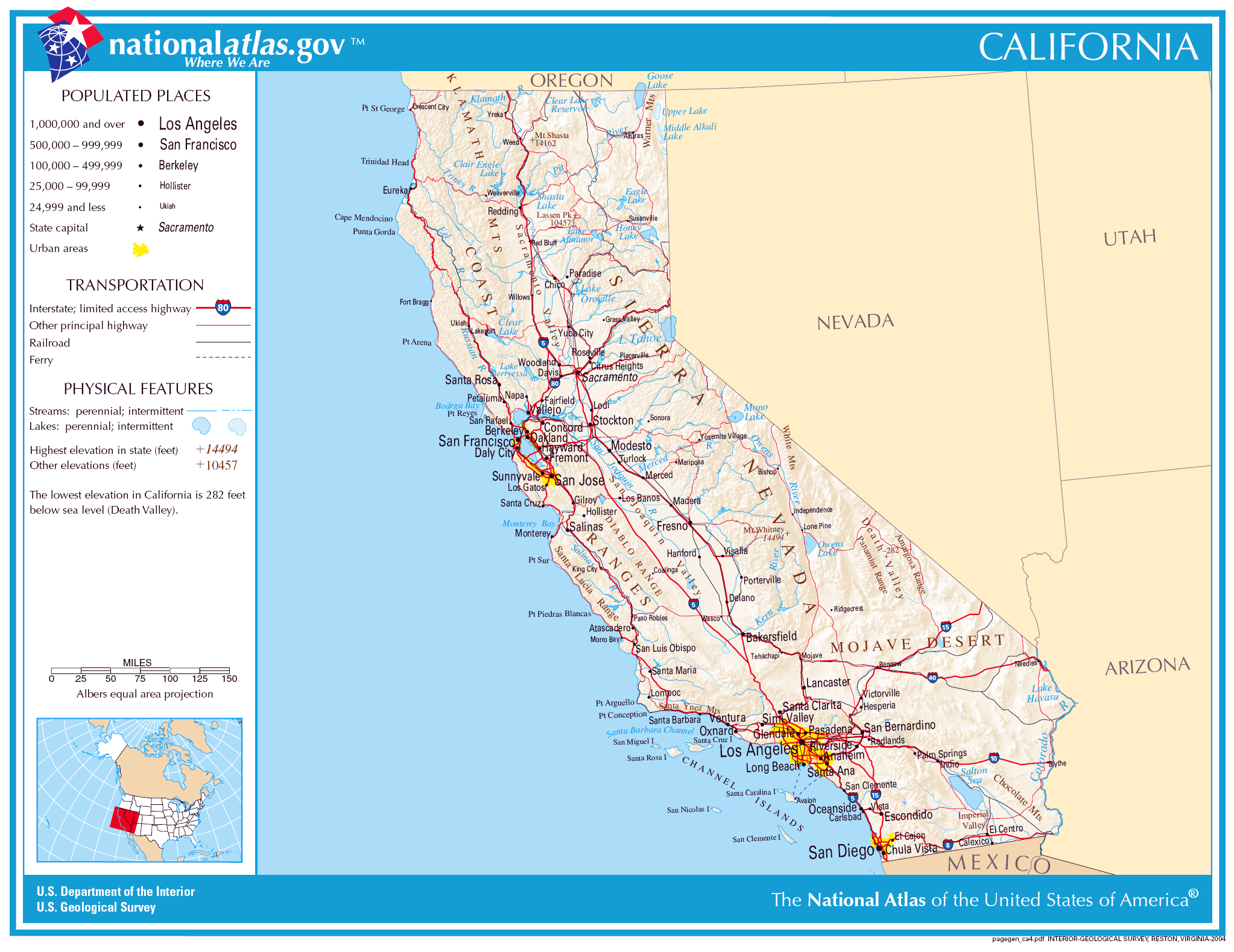California’s plan to redraw its congressional map could reshape Latino political power in key regions from the Central Valley to San Diego. Supporters say it is needed to counter gerrymanders in other states while critics warn it could undo recent gains in Latino representation.
California Democrats are weighing a plan to redraw the state’s congressional map. The move would undo the voter approved system created to take politics out of redistricting. Governor Gavin Newsom has said he may call a special election this fall to ask voters for approval of a Legislature drawn map if Texas moves forward with a midcycle redistricting plan expected to give Republicans more seats.
The proposal could flip up to five Republican held districts and strengthen several competitive ones. Many of the targeted areas include communities where Latinos make up a large share of the population. That includes Orange County, San Diego County and the Central Valley. Changes to these maps could alter Latino political influence for years to come.
In the Central Valley Latinos represent more than half the population in some districts. A midcycle redraw could affect Representative David Valadao’s CA 22 and Adam Gray’s CA 13. Both districts have many farmworker and immigrant families whose priorities range from water access to immigration reform.
In Southern California Latino heavy areas in San Diego County and inland regions could also see shifts. Darrell Issa’s CA 48 and Ken Calvert’s CA 41 both border communities where Latinos represent a large share of eligible voters. New boundaries could either strengthen Latino majority voting blocs or split them into different districts reducing their political power.
Nathaniel Maranwe, a constitutional lawyer, said in an interview with CALN that California is on solid legal ground if it moves forward. “The Constitution gives states the power to set the times, places, and manner of elections. That includes partisan gerrymandering. The Supreme Court has made it clear it is not for the courts to decide whether it goes too far,” he said. Still, he added, “Most people would agree voters should choose their politicians, not the other way around.”
Christopher Migliaccio, a lawyer and founder of Warren and Migliaccio LLP, told CALN the implications go well beyond California. “If the state overrides its voter approved independent redistricting commission to redraw congressional maps, it would set a major precedent. A state could retract prior nonpartisan reforms in response to external partisan gerrymanders,” he said. Migliaccio noted that California’s model has been held up as a national example of transparency, with no lawsuits filed against its 2021 maps. “Dismantling it may alienate independents and weaken future bipartisan mapping efforts.”
In the Central Valley Latinos represent more than half the population in some districts
Voting rights advocates warn that midcycle changes could undo recent gains in Latino representation. Depending on how the lines are drawn Latino preferred candidates could gain safe seats or lose ground that took years to secure.
The current system was created through Propositions 11 and 20 in 2008 and 2010 to keep politics out of redistricting. The independent citizens commission has been praised for transparency and for ensuring compliance with the federal Voting Rights Act. After the last redistricting cycle in 2021 no lawsuits were filed over the maps.
Former Governor Arnold Schwarzenegger who championed the commission has said he will campaign against dismantling it. Groups such as Common Cause and the League of Women Voters warn that reopening the maps midway through the decade could damage public trust and undo protections for minority voting rights.
Since the Supreme Court’s 2019 Rucho v. Common Cause decision federal courts cannot hear partisan gerrymandering claims. Any fight over Latino voting power would have to focus on racial vote dilution under the Voting Rights Act.
Supporters of the change say California should not allow states like Texas to tilt the playing field unchallenged. Opponents warn it could set a precedent for dismantling independent commissions whenever political advantage shifts. For Latino voters the outcome could determine whether their influence grows or is diluted in some of the most competitive districts in the state.
Cover photo: Map of California from the U.S. Geological Survey, National Atlas of the United States.
